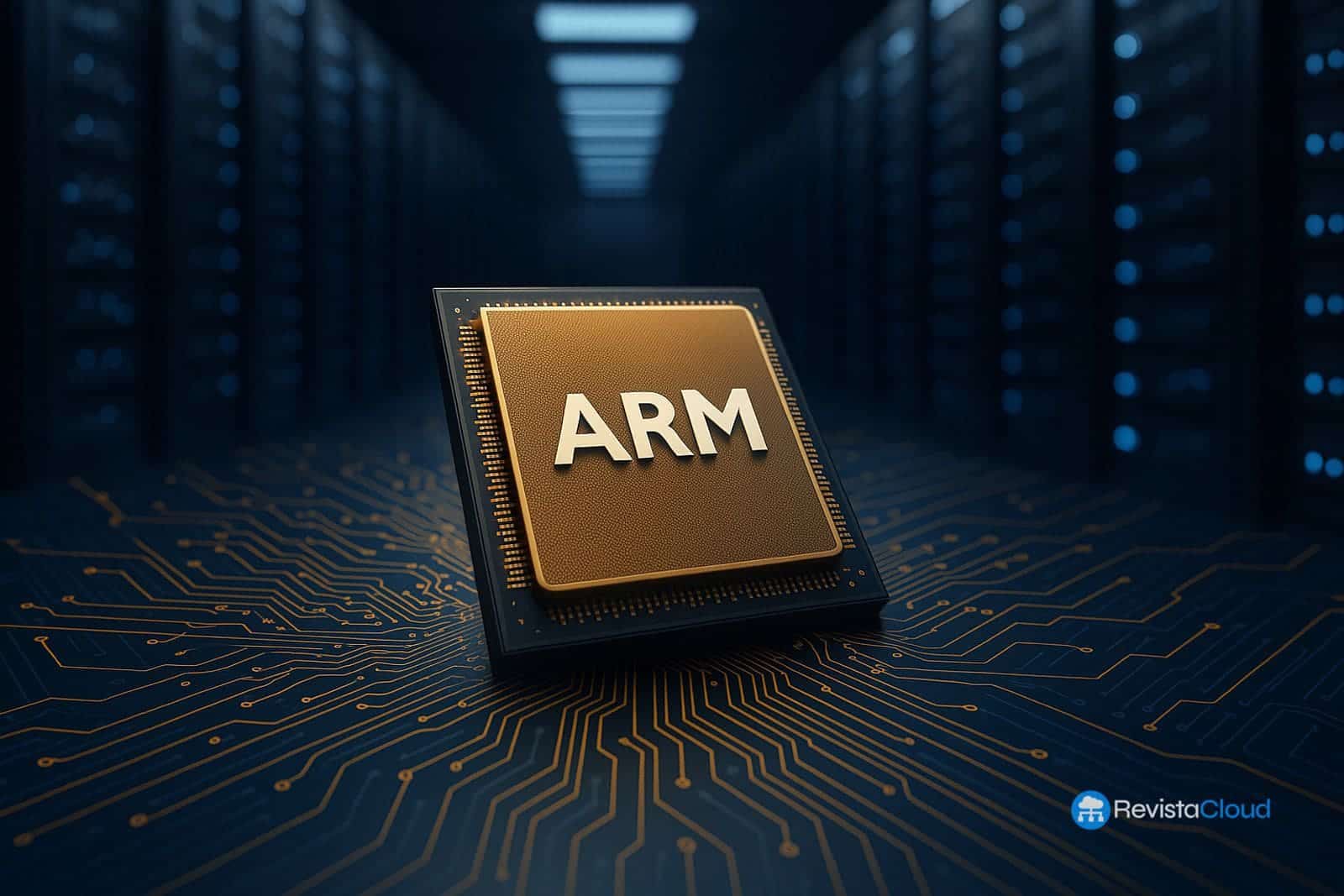The rise of AI is fueling increased adoption of Arm chips, driving unprecedented growth in energy efficiency and new architectures for data centers.
The surge in artificial intelligence is redefining the global tech landscape. Beyond advances in generative models and accessible tools, the revolution is also happening behind the scenes: in the hardware powering these systems. In this arena, Arm has established itself as one of the major winners. According to recent company data, there are now 70,000 data centers worldwide utilizing Arm technology, a figure 14 times higher than in 2021.
This exponential growth reflects a profound shift in how the industry approaches performance, scalability, and—most importantly—energy efficiency in an era driven by compute demand.
Efficiency as a strategic advantage
Arm CEO Rene Haas has directly linked this phenomenon to the rise of artificial intelligence. Training and running language models (LLMs) require large amounts of energy and specialized hardware. While high-performance GPUs, like those from NVIDIA, continue to lead in raw power, Arm-based chips have gained ground thanks to their low power consumption and reduced costs.
“The industry is increasingly aware that performance and energy efficiency must go hand-in-hand,” Haas has noted.
In contexts where energy costs are soaring and sustainability becomes a priority, Arm’s appeal continues to grow. Unlike traditional x86 architectures, Arm offers a more efficient alternative, ideal for specific tasks such as AI inference or cloud microservices.
AI, startups, and laptops: the expanding Arm ecosystem
Arm’s growth isn’t limited to large corporations. Since 2021, the number of startups integrating its chips has increased twelvefold, attracted by their flexibility and competitive cost. This trend indicates that the barriers to high-performance computing are lowering.
Furthermore, Apple’s success with its M1 and M2 chips—based on Arm—has inspired other players. Qualcomm, for example, recently introduced its first competitive Snapdragon processor for laptops, showing promising results. Migration to Arm is no longer an experiment: it’s a well-established trend in mobility, desktops, and AI.
A global infrastructure presenting challenges
As the infrastructure supporting AI expands, so does its environmental impact. The explosion of data centers—now powered by more efficient chips like those from Arm—aims to offset the energy costs of the AI boom. However, the strain on electrical grids is already evident. Cases like PJM Interconnection, the largest power grid in the U.S., demonstrate a demand that exceeds supply, leading to increases of up to 20% in electricity bills.
In this context, Arm’s role as an energy-efficient solution becomes even more relevant. With technologies designed from the ground up for efficiency, the company is positioning itself as a key ally in balancing innovation with sustainability.
Conclusion: Arm becomes a pillar of the new computing paradigm
Arm’s growth isn’t a fleeting trend. Its combination of energy efficiency, scalability, and widespread adoption across sectors such as AI, cloud, and mobility makes it a central component of the new computing era.
In a market historically dominated by x86, Arm’s rise signifies a healthy architectural diversification that could shape the future of data processing. In an increasingly AI-dependent world, having 70,000 data centers optimized for AI isn’t just an advantage—it’s a strategic necessity.
via: Reuters

